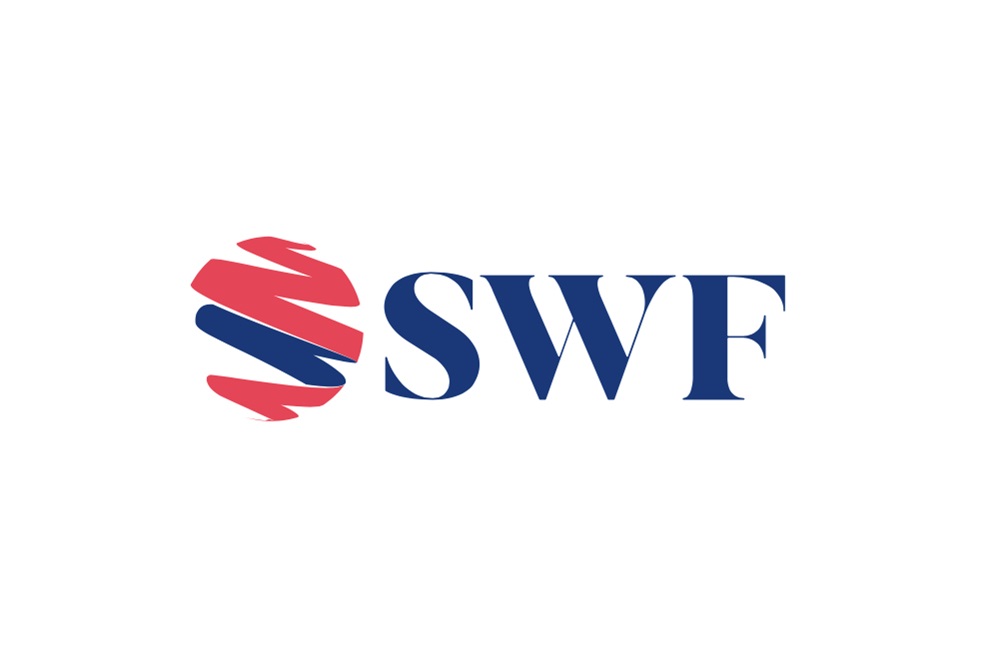An upward revision in historical oil demand by the International Energy Agency in its monthly report points to a tighter global market than the West’s energy watchdog had previously estimated.
For the latest headlines, follow our Google News channel online or via the app.
“Our balances are now more in line with observed market fundamentals, which underpin the view of traders. We believe the tighter balance for 2021 and 2022 is already reflected in the price of oil and the forward curve,” the IEA told Reuters.
Oil prices have powered toward $100 a barrel in 2022 as fuel demand recovers from a pandemic crash, in a rally that has driven up energy costs worldwide, forcing some businesses to cut output and draining cash from consumers’ pockets.
The IEA on Friday revised up its baseline estimate of global demand by nearly 800,000 barrels per day (bpd), just under 1 percent of the 100 million bpd global oil market, after reassessing the petrochemicals demand in China and Saudi Arabia back to 2007.
Both countries consumed more of the light oil, known as natural gas liquids, that is produced in association with gas. The IEA said the revision helped explain the historical difference between observed and implied inventory changes.
While the Paris-based IEA did not alter its outlook on the pace of economic recovery, the bump in historical assumptions means 2021 demand outstripped supply by 2.1 million bpd.
The change also indicates demand for oil just about recovered to a pre-pandemic high of 100.3 million bpd in the fourth quarter, closer than in the previous forecast. A full demand rebound remains expected in the third quarter of 2022.
“What the demand revision means is that some … looking at the IEA database as input for their analysis will see a tighter oil market, resulting in a different assessment how to position,” Giovanni Staunovo, commodity analyst at UBS, said.
“Emerging markets account for more than 50 percent of oil demand, where data is less transparent and their demand keeps rising faster than in OECD countries. Unsurprisingly all energy agencies have different numbers,” he added.
NET ZERO
A gold standard of energy market forecasting whose figures countries and companies assess in informing billions of dollars of investment decisions, the IEA frequently revises its data.
Errors have occurred in supply and demand predictions in both the positive and negative directions in past years and have reached as high as 2 million bpd.
“It’s hard to make too much of a judgement on the reliability of the data and what it means,” said Craig Erlam, senior market analyst at OANDA.
“What the reports do tell us though, as with the other data, is that the market is extremely tight and there’s little evidence of that alleviating soon in the absence of Saudi Arabia pumping more or a nuclear deal that brings more than a million Iranian barrels back into the market,” Erlam added.
The IEA last year outlined a groundbreaking new scenario by which the world could meet climate change targets and energy needs without any further investment in new oil and gas fields.
Few countries committed to the IEA’s recommendation to halt new fossil fuel projects and the agency has warned that investments in renewables has yet to meet the pace needed to compensate for falling investment in oil and gas.
On Friday it called on top Middle East producers Saudi Arabia and the United Arab Emirates to pump more to help alleviate tight supplies and high prices.
“The higher demand baseline does not affect the messages/conclusions from the IEA’s Net Zero report published last year,” the IEA said.
“The amount being spent on oil appears to be geared towards a world of stagnant or falling demand. A surge in spending on clean energy transitions provides the way forward, but this needs to happen quickly or we could be set for tight markets ahead.”
Read more:
High gas prices to hit demand in 2022: IEA
World oil supply will overtake demand in December: IEA
OPEC raises 2022 oil demand forecast, says omicron variant impact to be mild


 World3 years ago
World3 years ago
 World3 years ago
World3 years ago
 Business1 year ago
Business1 year ago
 Entertainment7 years ago
Entertainment7 years ago
 World7 years ago
World7 years ago
 Entertainment7 years ago
Entertainment7 years ago




